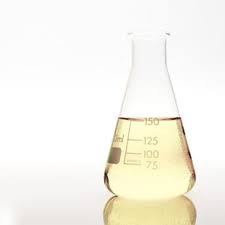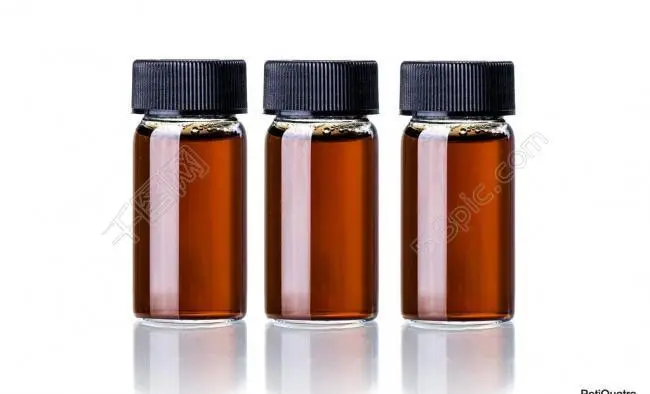The Secret Life of Soap: Why Water Loses Its Grip
(How Does Surfactant Affect Surface Tension)
You’ve seen it happen. A water strider skates across a pond. A drop of rain beads up on a leaf. A soap bubble floats like a shimmering marble. These everyday miracles come down to one thing: water’s invisible skin, called surface tension. But what happens when soap—or any surfactant—shows up? Let’s break it down.
Surface tension exists because water molecules love sticking together. Picture a crowd of people holding hands tightly. At the surface, these molecules cling even harder because there’s nothing above them—just air. This creates a stretchy “film” strong enough to hold small bugs or let a paperclip float. But surfactants—like soap, detergent, or even proteins in saliva—are the ultimate party crashers.
Surfactant molecules have split personalities. One end is attracted to water. The other end hates it, preferring oils or fats. When you add soap to water, these molecules rush to the surface. The water-loving parts dive into the liquid. The water-hating parts poke out, like umbrellas flipped upside down. This breaks the tight grip of surface molecules. The crowd holding hands? Now they’re distracted, half reaching for the soap’s oily tails.
The result? Surface tension plummets. Water stops acting like a trampoline. Soapy water can’t form round droplets as easily. It spreads instead of beading. This is why soap makes water “wetter”—it sneaks into cracks and clings to grease. Without strong surface tension, dirt and oil get lifted away.
Try this: float a paperclip on water. It’ll stay until you add a drop of dish soap. The soap attacks the surface tension, and the clip sinks. Or blow a bubble with plain water—it pops instantly. Add soap, and the surfactant molecules rearrange, creating a flexible layer that traps air. The bubble holds its shape because the soap stabilizes the weakened surface tension, balancing the forces.
Surfactants aren’t just in your kitchen. Lungs rely on them. When you breathe, tiny air sacs in your lungs inflate. Without surfactants, the surface tension of the liquid lining these sacs would make them collapse. Natural lung surfactants lower the tension, letting the sacs expand easily. Premature babies sometimes struggle with this, needing surfactant treatments to breathe.
Even nature uses surfactants. Some bugs secrete oily substances to escape ponds. The oil reduces surface tension, letting them dart away without getting stuck. Firefighters add surfactants to water. Lower surface tension helps water soak into burning materials faster, cooling them more effectively.
Too much surfactant can backfire. In rivers, detergent pollution strips surface tension. Insects that walk on water sink. Fish eggs fail to develop properly. Algae blooms explode as surfactants dissolve nutrients. It’s a reminder: messing with water’s invisible skin has ripple effects.
(How Does Surfactant Affect Surface Tension)
Surfactants work because they’re pushy. They muscle into the molecular lineup, forcing water to relax its grip. Next time you wash dishes, watch the soap cut through grease. Or blow a bubble and marvel at its fragile strength. That’s surfactant magic—turning water’s stubborn skin into a collaborator, one molecule at a time.
Inquiry us
if you want to want to know more, please feel free to contact us. (nanotrun@yahoo.com)




